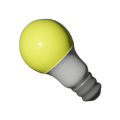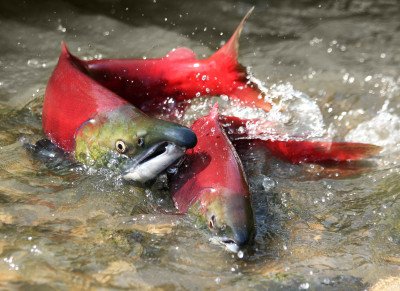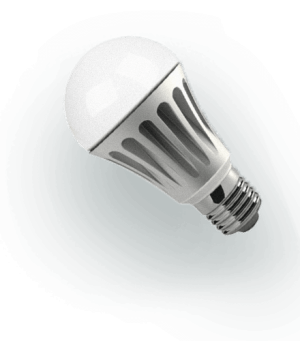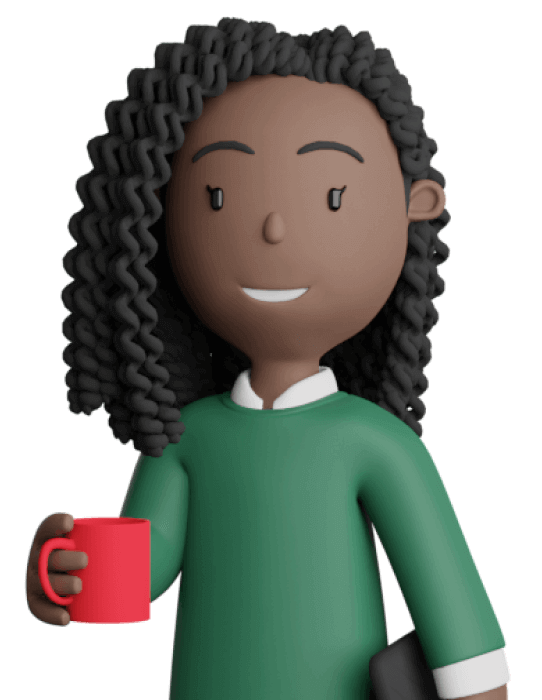Salmon story
Discover the incredible journey of the salmon through storytelling, movement, and creativity.
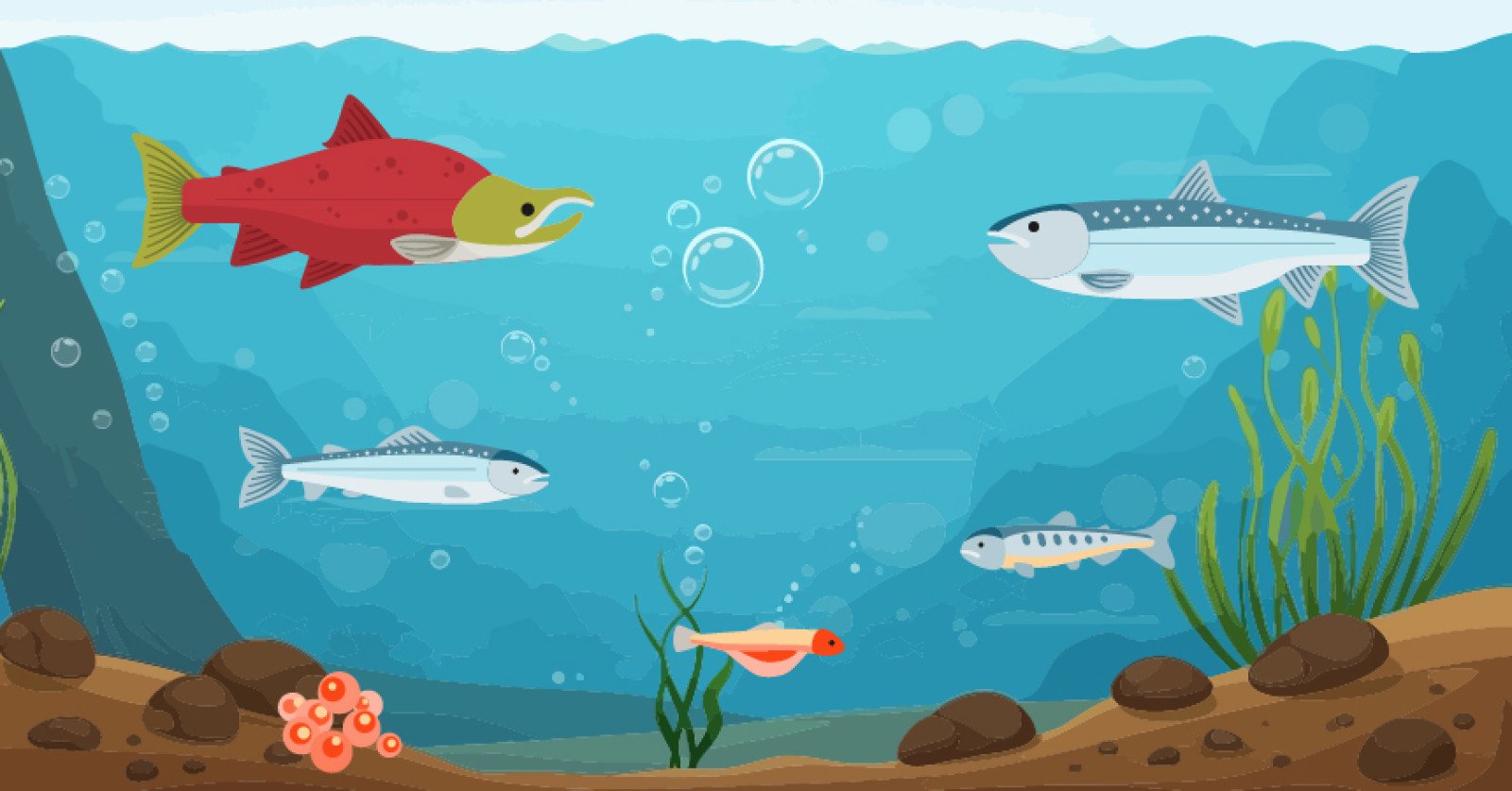
Overview
Co-created with the Pacific Salmon Foundation, Salmon Story is a splashy, action-packed adventure that turns the salmon life cycle into a lively classroom performance! Students dive into the journey of a salmon from tiny alevin to mighty spawning adult by acting out each stage with silly, student-created movements, crafting colorful cutouts, and placing them on a vibrant placemat as the story unfolds. With interactive slides, group storytelling, and a chance to race through the cycle again and again, this activity blends science, creativity, and laughter—plus, it wraps up with a heartwarming chat about local rivers and how we can help protect these amazing fish in our own backyard!
Instructions
What you'll need
- Life cycle cutouts (one per student)
- There are four different pages you can choose to print for your students to match their skill level: rectangle cutouts of each stage or closer cuts for each stage and both can either be printed in colour or black and white for colouring in
- The salmon cutouts are intentionally large to make them easier for K–3 students to cut and colour. If you'd prefer smaller versions to better fit on the placemat, you can print two per sheet. Our focus is on helping students place the salmon correctly in the story, rather than maintaining scale.
- Scissors, glue sticks and colouring supplies
- Placemat printouts (in colour on 11x17 paper, one per student)
- Salmon story slides
- Project the placemat image on slide 2. Tell the students that today you will be telling them a story about an animal that lives there. Ask them to make predictions about what type of animal it might be and what they notice about the environments on the placemat image.
- Tell the students that you will need their help to tell the story and before you start, you need to brainstorm some actions to include in the story (like a mad lib, but with actions instead of words). Ask them to give you an action for each of the following:
- Hiding and staying still (the line in the story is “tiny salmon eggs lay hidden”)
- Hatching (the line in the story is “the eggs hatch”)
- Hiding with movement (the line in the story is “the alevin like to hide”)
- Eating (the line in the story is “they start to feed on insect larvae”)
- Being strong (the line in the story is “keep their strength up”)
- Exploring (the line in the story is “they can travel far from shore and explore the vast ocean”)
- Returning home (the line in the story is “they begin their return journey home”)
- Swimming with obstacles (the line in the story is “swim past marine species and back into fresh water, jump up waterfalls, and swim upstream against the current”)
- Digging (the line in the story is “digs a redd in the gravel”)
- Next, tell students that they will be completing the placemat as you tell the story together. To do this, they will need to have their character cutouts prepared. Hand out the life cycle cutouts and give students time to colour and cut them out. You can project slide 3 for reference.
- Gather everyone together to tell the story. At this time, hand each student a placemat and glue stick.
- Progress through slides 4-18 to tell the story. Be sure to stop and have students perform the brainstormed actions when appropriate. Afterwards, have them determine the best placement for their salmon cutout on the placemat.
- Once you’ve completed the first telling of the story, remind students that it’s a cycle and continues to repeat as new salmon hatch. See if they can recall the main events using the actions to prompt them through. Challenge them to retell and perform the actions faster as the cycle continues.
- Finish the lesson by asking students if they’ve visited any of the local rivers or spawning sites and to share their experiences. Generate discussion on how we can help protect them and what some organizations in the community are doing to help.
Modify or extend this activity
Create a collaborative class book that follows the life cycle of a salmon, with each student contributing a page that describes one stage of the salmon’s journey.
|
Curriculum Fit
Core competencies
Communication and Collaboration
- Students engage in informal and structured conversations in which they listen, contribute, develop understanding and relationships, and learn to consider diverse perspectives
- Students communicate with intention and purpose. They understand that communication can influence, entertain, teach, inspire, and help us make sense of the world and our experiences
- Students communicate by receiving and presenting information
- Students combine their efforts with those of others to effectively accomplish learning and tasks
- Students engage with others in ways that build and sustain trusting relationships and contribute to collective approaches
Thinking
- Students get creative ideas that are novel and have value
- Students may generate creative ideas through free play, engagement with other’s ideas, or consideration of a problem or constraint, and/or because of their interests and passions
- Students reflect on their creative ideas in order to decide which ones to develop
- Students learn to analyze and make judgments about a work, a position, a process, a performance, or another product or act. They reflect to consider purpose and perspectives
Personal and Social
- Students develop awareness of and take responsibility for their natural environments by working independently and collaboratively for the benefit of communities, and the environment. They are aware of the impact of their decisions, actions, and footprint
Grade K-3 Science
Big ideas
- Plants and animals have observable features (1)
- Living things have features and behaviours that help them survive in their environment (1)
- Living things have life cycles adapted to their environment (2)
- Living things are diverse, can be grouped, and interact in their ecosystems (3)
Content
- Needs, adaptations, names, and features of living things in the local environment (K-1)
- Similarities and differences between offspring and parent (2)
- Biodiversity in the local environment (3)
- Local First Peoples knowledge of plants, animals, life cycles, and ecosystems (K-3)
- Water sources, conservation, and First People’s knowledge of water (2)
Curricular competencies
Questioning and predicting
- Demonstrate curiosity and a sense of wonder about the world (K-3)
- Processing and analyzing data and information
- Experience and interpret the local environment (K-3)
- Recognize First Peoples stories, songs, and art as ways to share knowledge (K-3)
Communicating
- Communicate observations and ideas using oral or written language, drawing, or role-play (1-2)
Grades K-3 English Language Arts
Big ideas
- Language and story can be a source of creativity and joy (K-3)
- Stories can be shared through pictures and words (K-1)
- Stories and other texts help us learn about (2) and connect with (3) ourselves and our communities
Content
- Elements of a story (1-3)
- Reading strategies (K-3)
- Writing processes (K-3)
- Oral language strategies (K-3)
Curricular Competencies
Comprehend and connect
- Engage actively as listeners, viewers, and reader, as appropriate, to develop understanding of community (K-3)
- Use personal experience and knowledge to connect to stories and other texts to make meaning (K-2)
- Show awareness of how story in First Peoples cultures connects people to family and community (1-3)
Create and communicate
- Create stories and other texts to deepen awareness of community (K-3)
- Explore oral storytelling processes (K-2)
Grades K-3 Arts Education
Big ideas
- Drama and visual arts are express meaning in unique ways (K-1) and are unique languages for creating and communicating (2-3)
- Engagement in inquiry through the arts (K-3)
Content:
- Processes, materials, movements, technologies, tools and techniques to support arts activities (K-3)
- Elements in the arts - drama, visual arts (K-3)
Curricular Competencies:
Exploring and creating
- Explore artistic expressions of themselves and community through creative processes (K-3)
- Create artistic works collaboratively and as an individual using ideas inspired by imagination, inquiry, experimentation, and purposeful play (K-3)
Communicating and documenting
- Express feelings, ideas, stories, observations, and experiences through the arts (K-3)
Assessments
Consider assessing students in any or all of the following areas: Prediction and observation
Brainstorming and participation
Fine motor skills
Story comprehension
Environmental awareness
|
Teaching Notes
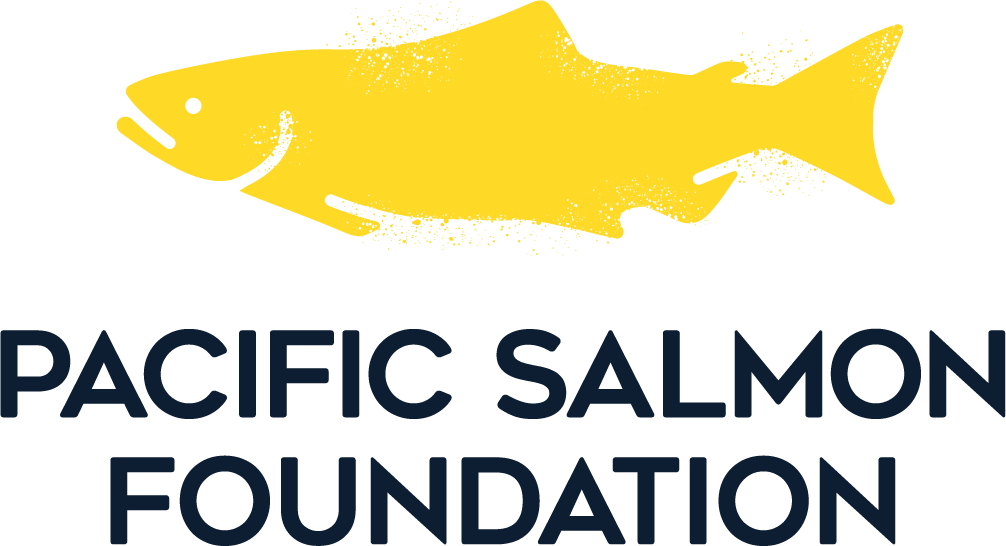
This activity was co-created with the Pacific Salmon Foundation.
If you live near salmon-bearing watercourses anywhere in the Pacific drainage of BC, be sure to check out and record your salmon sightings on the Pacific Salmon Foundation’s salmon spotting map.
The DFO Stream to Sea program has comprehensive salmon education programming, particularly via primary and intermediate curriculum links via their Salmonids in the Classroom program. The Pacific Salmon foundation recommends that any enthusiastic teacher look into establishing a salmon aquarium in their classroom as this is a tremendous resource that helps develop lifelong learning connections.
The Powell River Salmon Society has developed their own version of a salmon school program, delivered with a local perspective by hatchery and stewardship volunteers.
Short videos and activity resources for educators:
- https://www.salmoneducation.org/educator-s-resource-centre
- https://www.salmoneducation.org/intermediate-modules
- https://www.salmoneducation.org/primary-modules
Additional resources:




